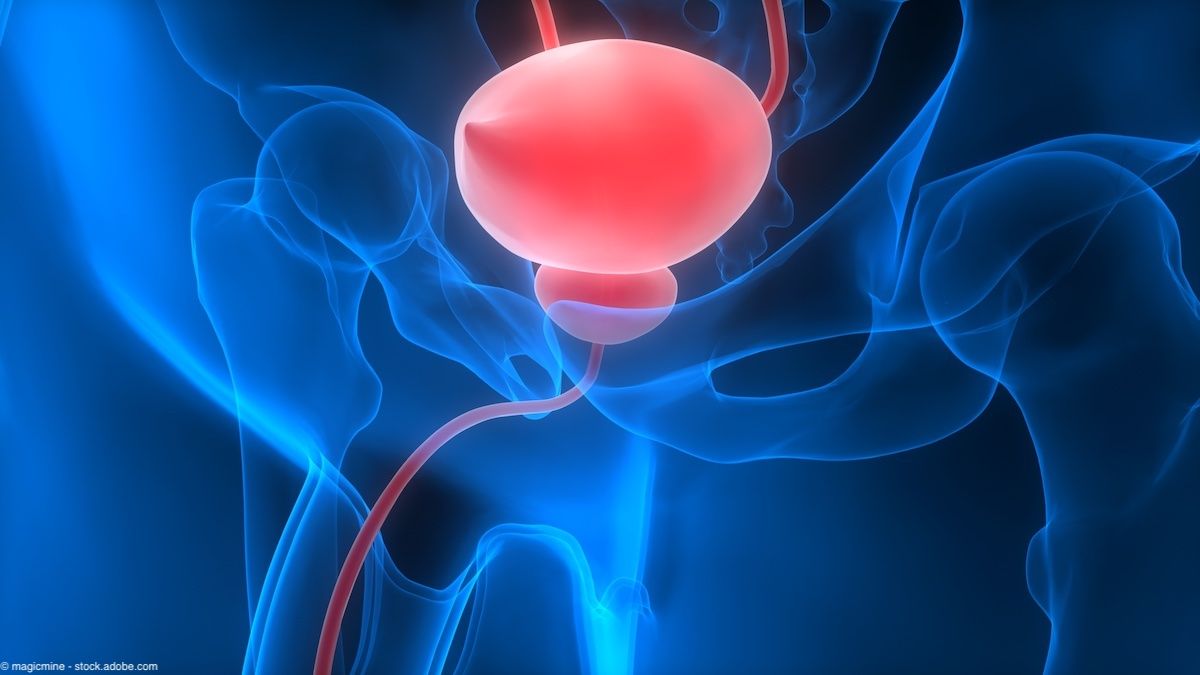Article
Hypocitraturia leading metabolic factor in kids with stone disease
Hypocitraturia is the leading metabolic risk factor in children with stone disease, and the majority of a study's cohort had an identifiable metabolic cause for their urolithiasis.
Boston-Hypocitraturia is the leading metabolic risk factor in children with stone disease, results of a single-center retrospective analysis of clinical, radiologic, and laboratory data indicate.

"An increasing incidence of stone disease in children has been reported in recent years, but the reasons for this trend are not entirely clear. Previous data found hypercalciuria was the leading metabolic abnormality, followed by hypocitraturia, but hypercalciuria alone does not explain the rising rate of pediatric stone disease," said Dr. Kovacevic, a pediatric nephrologist and co-director of the Multidisciplinary Stone Clinic, Detroit Medical Center Children's Hospital of Michigan. "Our finding that hypocitraturia was the most common metabolic abnormality in a contemporary cohort of pediatric urolithiasis patients suggests an evolving trend that appears to be dietary in origin, and which may be contributing to the increasing incidence of pediatric stone disease.
"The message for physicians who see these children is that if you don't have a dietitian in your stone clinic, then it is time to get one," Dr. Kovacevic added.
The authors reviewed data on 63 children treated for renal (68%) or ureteral (32%) stones between January 2010 and March 2011 at the Pediatric Kidney Stone Clinic at the Children's Hospital of Michigan. The children had a mean age of 13.4 years; 38% had a family history of stone disease; and nearly the same proportion, 36.5%, had a positive history of urinary tract infections.
Analysis of data from 24-hour urine profiles revealed that more than two-thirds of the children had a metabolic risk factor for their stone disease. Two-thirds of the latter children had a single metabolic risk factor, while the remaining children had combined (two or three) risk factors.
Hypocitraturia was the most common metabolic risk factor, identified as present alone in 29% of children and in combination with another abnormality in 14.5%. Hypercalciuria alone was identified in 12.7% of children, and it was present in combination with other risk factors in 21.8%. The study also found statistically significant positive correlations between urinary levels of citrate and potassium and urinary levels of citrate and magnesium.
Additional analyses compared demographic, clinical, and laboratory data between children with and without hypocitraturia. The group with hypocitraturia as a single risk factor had a larger mean stone size and a higher rate of a positive family history of stone disease than the group without hypocitraturia. However, the difference between groups for both of these parameters did not achieve statistical significance.
There was a statistically significant difference between children with hypocitraturia and those without with respect to stone location. Stones in children with hypocitraturia were predominantly renal (94%), whereas stone location in the group without hypocitraturia was nearly evenly split between ureteral (53%) and renal (47%).
"The difference in location can likely be explained by the stones being bigger in the children with hypocitraturia. There were no other significant differences between the two groups," Dr. Kovacevic said.
Analysis of dietary intake information for children with hypocitraturia alone showed they had a significantly lower intake of magnesium and potassium relative to children without hypocitraturia. Intake of vitamins C and D and fruit was also lower in the hypocitraturic group compared to the normocitraturic group, although the difference did not reach statistical significance. There were no significant differences between the two groups in intake of water, fat, protein, vegetables, and fiber.
The study has been submitted for publication. Detailed results are expected to be published soon.
Newsletter
Stay current with the latest urology news and practice-changing insights — sign up now for the essential updates every urologist needs.














